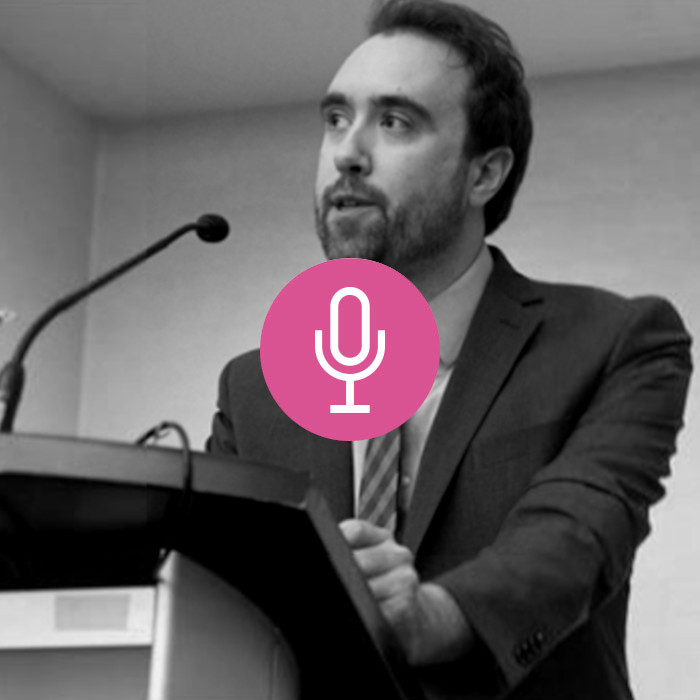Political interest in the raw materials driving the energy and transportation revolutions has stepped up radically in the last two years, moving developments in this famously murky sector well beyond the commodities desks and mining journals to which they had previously been confined. Since the Paris Agreement of 2015, a profound shift has been underway in the size and shape of markets for the most ‘critical’ raw materials that will make-up the batteries, solar panels, wind turbines &c. of the Net Zero economy.
Our latest Land and Climate Review collection of 24 essays, features, podcasts and opinion pieces aims to turn the lens of political economy onto the world of raw materials for renewable energy – as well as to the growing raft of EU regulations aiming to catch up with developments. As ever, we aim to take a global perspective, with contributions from the Global South and North.
Helpfully, the International Energy Agency (IEA) has just published its latest report on the global market for critical materials. It tells a story of an already hugely growing market, set for truly explosive growth – if Net Zero demand models are to be met.
From 2017 to 2022, the energy sector was the main factor behind a tripling in overall demand for lithium, a 70% jump in demand for cobalt, and a 40% rise in demand for nickel. The market for energy transition minerals reached $320 billion in 2022 and is set for continued rapid growth.
On the IEA’s analysis, projected demand is going to require a doubling of output in little over five years. That will likely require the opening of many hundreds of new mines. What impact will this have on people and planet? In our anchor-piece Professor Leandro Vergara-Camus makes a stark claim: “Not one developing country that provides raw materials in the global economy has been able to use this boom to add value to their exports and move into processing and manufacturing”. That is, of course, with the exception of China, around which so much policy and coverage seems to revolve.
It is oft-repeated that around 70% of the world’s cobalt comes from the vast lands of the Democratic Republic of Congo, where Chinese investment now surpasses all other. What is really going on? This collection carries a long-read review of Siddharth Kara’s 2023 book, “Cobalt Red”, following Kara on his journey around the country’s Southern mining district. Lauren Sneade also speaks to Sarah Katz-Lavigne, a researcher who has spent years examining the impact of artisanal mining on the Congolese economy and efforts to formalise it. While acknowledging the human rights issues, Katz-Lavigne cautions that a Western ESG focus that excludes artisanal miners could end up handing all control to foreign mining companies. The interview is worth a read.
To some extent, this recalls concerns raised by Solidaridad that the EU’s evolving Corporate Sustainability Due Diligence Directive could end up blocking smallholder farmers from ever being able to sell into Europe. There are also serious questions raised by the EU’s WTO victory over an Indonesian government attempt to place export restrictions on nickel, in an attempt to build up Indonesian refining capacity in what is, after all, the largest exporter of nickel in the world. The WTO case comes while the EU’s own Critical Raw Materials Act is aiming to encourage more mining and mineral refining in Europe.
Elsewhere in the collection, Bertie Harrison-Broninski takes an in-depth look at Bauxite mining in Guinea, in a collaboration with The Africa Report; the NGO Mighty Earth explains why the greatest threat to Indonesian forests now comes from Nickel mining for EV’s – not from Palm Oil; Dr Camila Vergara outlines the political context of the new Chilean government’s attempts to nationalise lithium production; and Professor Kendyl Salcito explains what car manufacturers can learn from the solar PV sector when it comes to avoiding the products of forced labour in Xinjiang.
On top of all this we have our selection of charts and podcast interviews focussed on raw materials. There is also poetry, with Lauren Sneade’s review of Uhuru Portia Phalafala’s epic poem on the legacy of gold mining in South Africa: “Mine, Mine, Mine.”
We’re also delighted to say that our investigations offer is bulking out, with Sam Quashie-Idun joining us part time, as a supplement to his work as head of investigations for Greenpeace Africa. A huge thanks to all our contributors, collaborators and funders.
We hope you enjoy The future unrefined.
Edward Robinson and Alasdair MacEwen
Editors
Land and Climate Review
Start with our leading article:

- Opinion
- By Leandro Vergara-Camus
- 14 July, 2023





